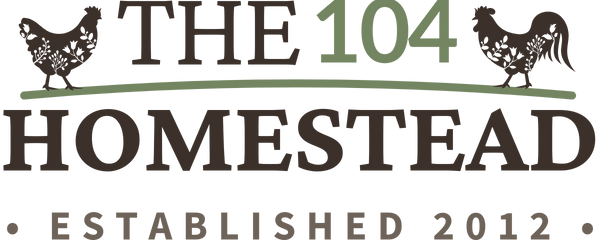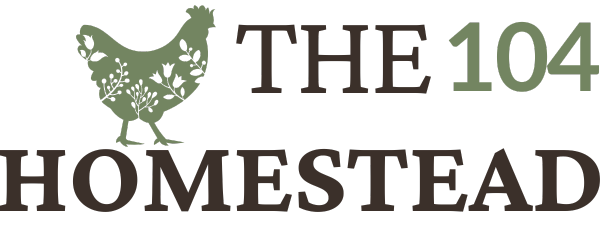Understanding Gardening Zones & Frost Dates for Better Planting
Learn how gardening zones and frost dates help you plan a thriving garden. Discover tips, tools, and strategies to extend your growing season.
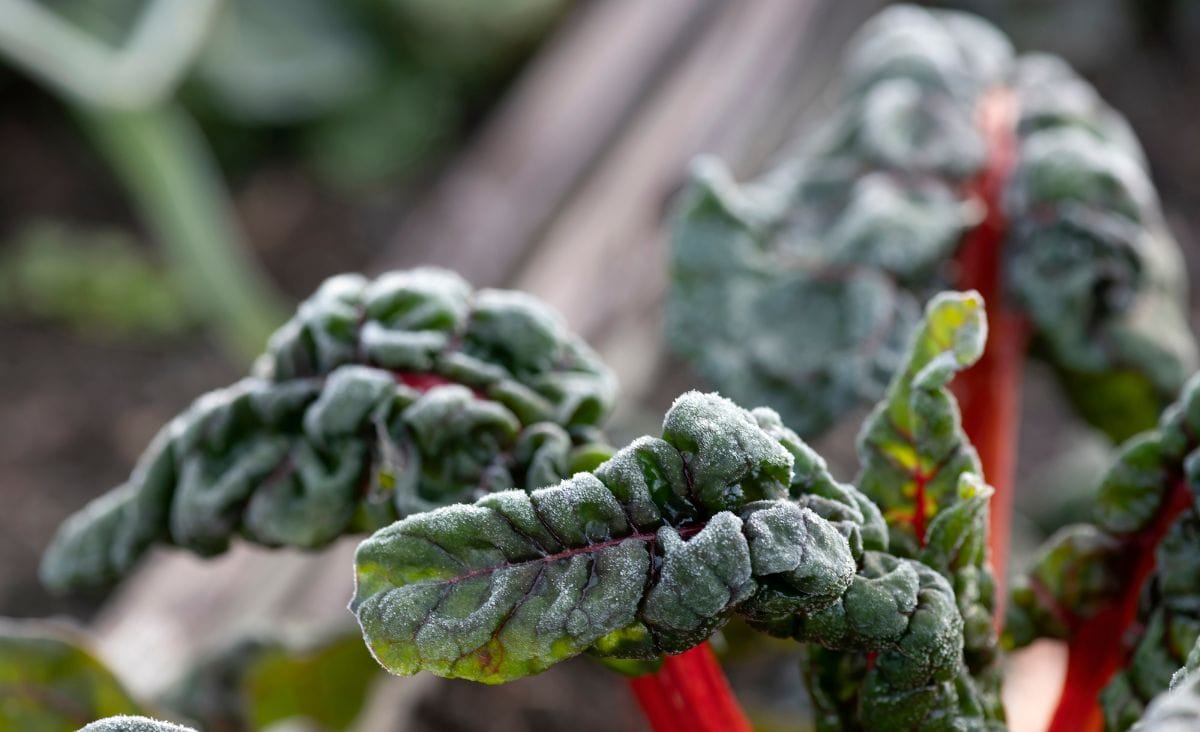
If you’ve ever discussed gardening with someone, the topics of zones and frost dates have probably come up. These two tools are essential for planning what to grow and when. But what do they really tell you, and how can you use this information to get the most out of your garden?
In this post, we’ll explore how gardening zones and frost dates help determine your growing season, guide your planting schedule, and influence the types of plants you can grow. You’ll also learn about their limitations, including what these tools don’t tell you, so you can make smarter decisions for your garden. Whether you’re new to gardening or looking to refine your approach, this guide will set you up for success.
What Are Gardening Zones?
Gardening zones, also known as USDA Plant Hardiness Zones, are a tool that helps gardeners determine which plants are most likely to thrive in their area. The USDA first created the zones in 1960, dividing regions based on the average annual minimum winter temperature.
- Zones are divided into 10°F increments. For example, Zone 5 includes areas where the coldest winter temperatures range between -20°F and -10°F.
- Subzones like 5A and 5B break it down further. The difference between these subzones is typically 5°F.
You can find your zone by entering your zip code into the USDA Plant Hardiness Zone Map. This map is especially helpful for identifying plants that can survive your winters. Keep in mind, however, that zones are primarily designed for perennials and winter-hardy plants. If you’re growing summer vegetables, this map will be less relevant.

What Are Frost Dates?
Frost dates indicate the average first and last frost dates for your area.
- The last frost date: The last time in spring you can expect frost. This helps determine when it’s safe to plant frost-sensitive crops outdoors.
- The first frost date: The first frost in fall or winter, which signals the end of the growing season for most plants.
You can find your frost dates by using online calculators like those provided by The Farmer’s Almanac. These dates also help you calculate the length of your growing season. For instance:
- If your last frost date is May 1 and your first frost date is October 1, you have approximately 150 growing days.
- Plants with a longer maturation period than your growing season will require season-extending techniques, like hoop houses or row covers.
Using Gardening Zones and Frost Dates Together
Gardening zones and frost dates work hand-in-hand to help you maximize your planting success. Gardening zones identify which plants can survive the winter conditions in your region, while frost dates guide when to start planting and harvesting specific crops. For example, if you live in Zone 7 and your last frost date is April 15, you can plant hardy vegetables like kale and spinach outdoors in early spring. However, tender crops such as tomatoes and peppers should only be planted after the last frost date to avoid damage from the cold.
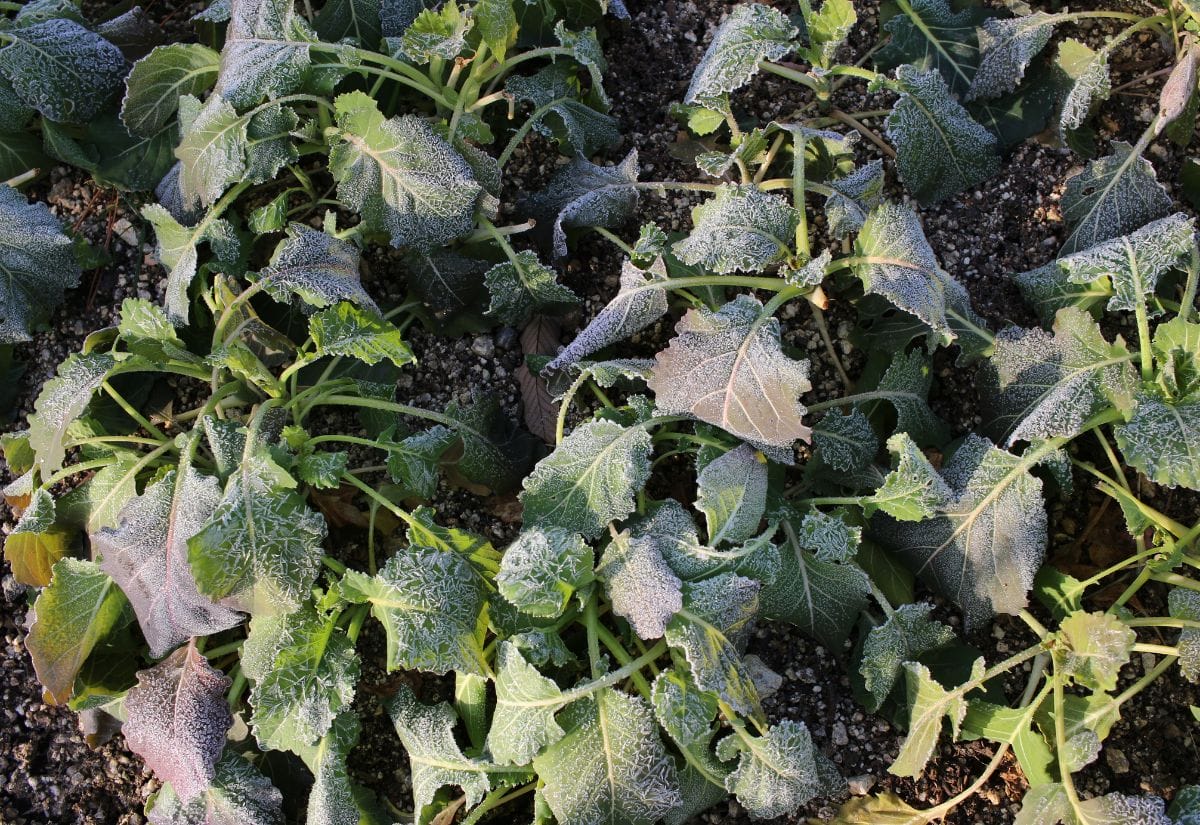
What Are AHS Heat Zones?
While USDA Plant Hardiness Zones focus on cold temperatures, the American Horticultural Society (AHS) Heat Zones address the impact of high heat on plants. Heat zones measure the average number of days each year a region experiences temperatures above 86°F. These zones range from 1, with fewer than one heat day per year, to 12, with over 210 heat days annually. Though less commonly referenced than hardiness zones, heat zones are crucial for determining whether plants can handle your area’s summer conditions. For example, if a plant tag reads “Zones 5-9/Heat Zones 5-8,” it means the plant is suitable for winter temperatures in Zones 5-9 and can also tolerate the heat days in Zones 5-8. This information helps gardeners choose plants that will thrive year-round in their specific climate.
What Gardening Zones and Frost Dates Don’t Tell You
These tools are helpful, but they have limitations:
- Microclimates: Your garden might have its own unique conditions due to elevation, nearby water sources, or urban heat.
- Day Length: Some plants, like onions, depend on daylight hours, which vary by latitude.
- Rainfall: Hardiness zones assume plants receive adequate water, but precipitation varies dramatically within zones.
- Temperature Fluctuations: Frost dates are averages and don’t account for unseasonal cold snaps.
To get the most accurate picture of your garden’s conditions, keep detailed notes. Record the actual first and last frost dates each year, along with rainfall and temperature trends.
Tips for Gardening Success
Here’s how to make the most of gardening zones and frost dates:
Invest in Season Extenders
Season extenders are essential tools for maximizing your growing season and protecting plants from unexpected frost or temperature changes. Cold frames are simple structures that trap heat and provide insulation for young seedlings or cold-hardy crops. Greenhouses offer even greater protection, creating a controlled environment for year-round gardening. Row covers, made from lightweight fabric, are an inexpensive way to shield plants from frost, pests, and wind. Using these tools effectively can allow you to start planting earlier in the spring and keep crops producing well into the fall or even winter, depending on your zone.

Keep a Gardening Journal
Tracking your gardening activities is one of the best ways to improve your success year after year. Use a tool like The Gardener’s Logbook or a dedicated journal to record important details like planting dates, frost dates, rainfall, and plant performance. Take notes on what worked well and what didn’t, as this information will help you make better decisions for future planting seasons. Include observations about your microclimate, such as areas that stay warmer or cooler, which can significantly impact plant health and harvest times.
Experiment with Microclimates
Every garden has unique microclimates—small areas with slightly different conditions than the rest of your space. In my garden, I take advantage of a sheltered “L” beside my house that gets direct sun year-round to overwinter tender herbs. The warmth radiating from the house and the sun exposure create a protected environment that helps keep these herbs thriving even in colder months. Similarly, areas near a south-facing wall can retain heat and extend the growing season for heat-loving plants like tomatoes or peppers, while shaded spots under trees provide cooler temperatures perfect for leafy greens during the height of summer. By observing and experimenting with your garden’s microclimates, you can expand your growing possibilities and make the most of your space.
Exploring these strategies will not only enhance your gardening results but also make you a more adaptable and confident grower, no matter what challenges your climate presents!
Top Questions About Gardening Zones and Frost Dates
Pin now, garden smarter later—get the most from your growing season!
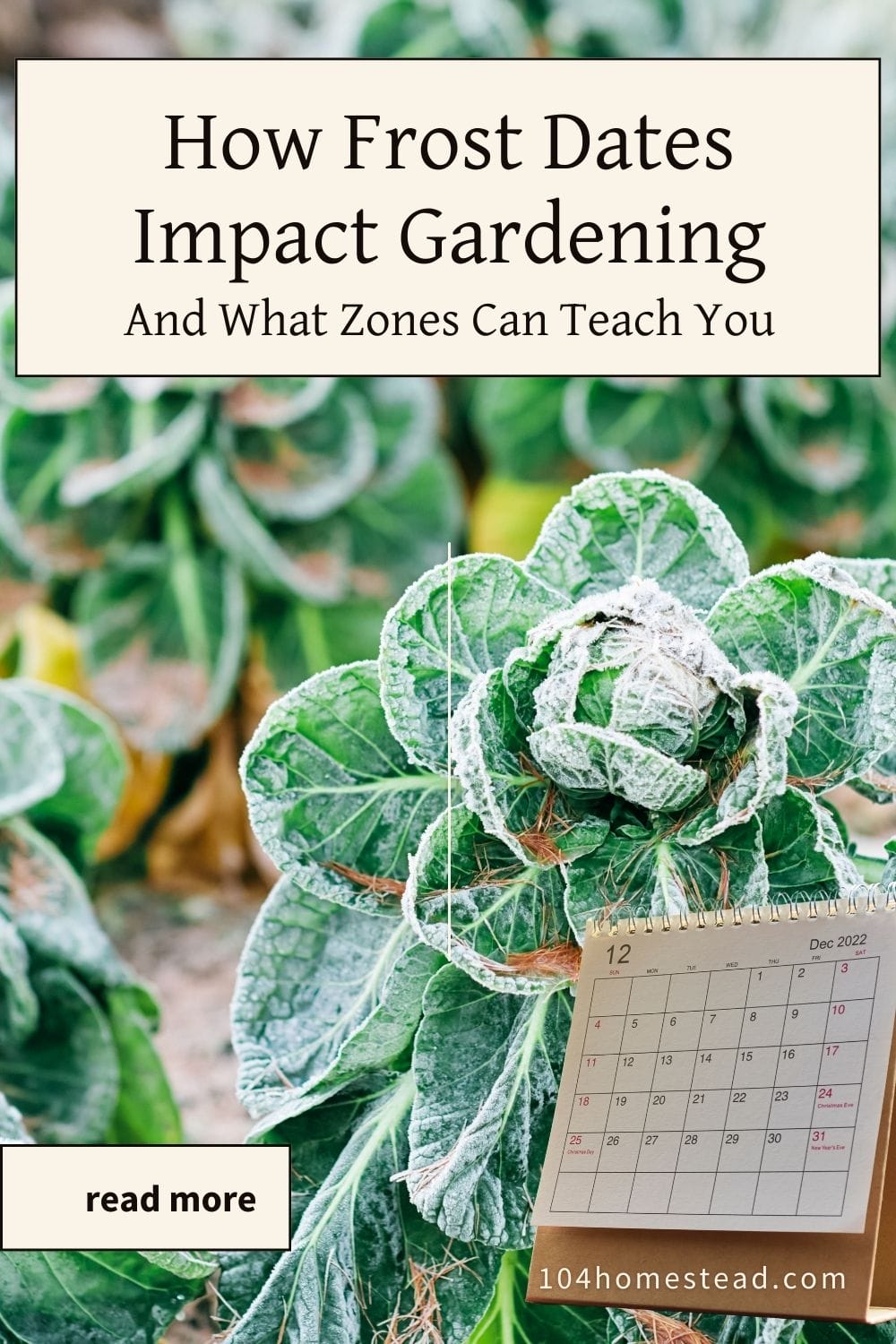
Understanding gardening zones and frost dates is key to planning a productive and resilient garden. These tools provide valuable insights into what plants will thrive and when to plant them. However, they’re only part of the picture—factors like microclimates and rainfall play important roles too.
To ensure your garden thrives from the start, don’t miss out on helpful tips like properly transitioning seedlings to the outdoors and determining exactly how many plants you need for your goals. If you’re looking to maximize your harvests, learn how to grow more in less space with simple planting techniques, or explore low-maintenance crops that practically grow themselves. These resources will help you make the most of every inch of your garden.
What strategies have you used to make the most of your growing season? Share your experiences in the comments below!
